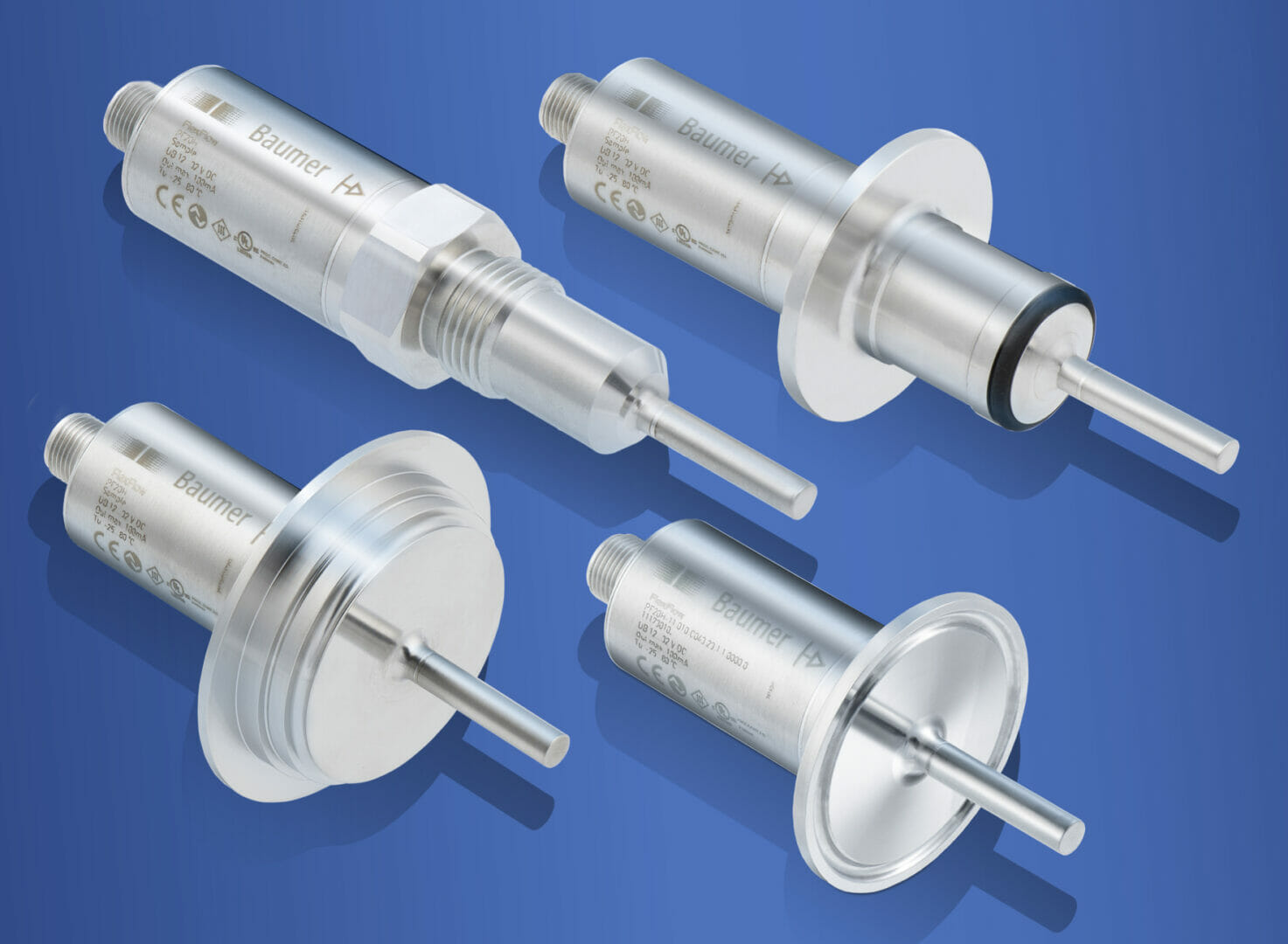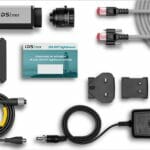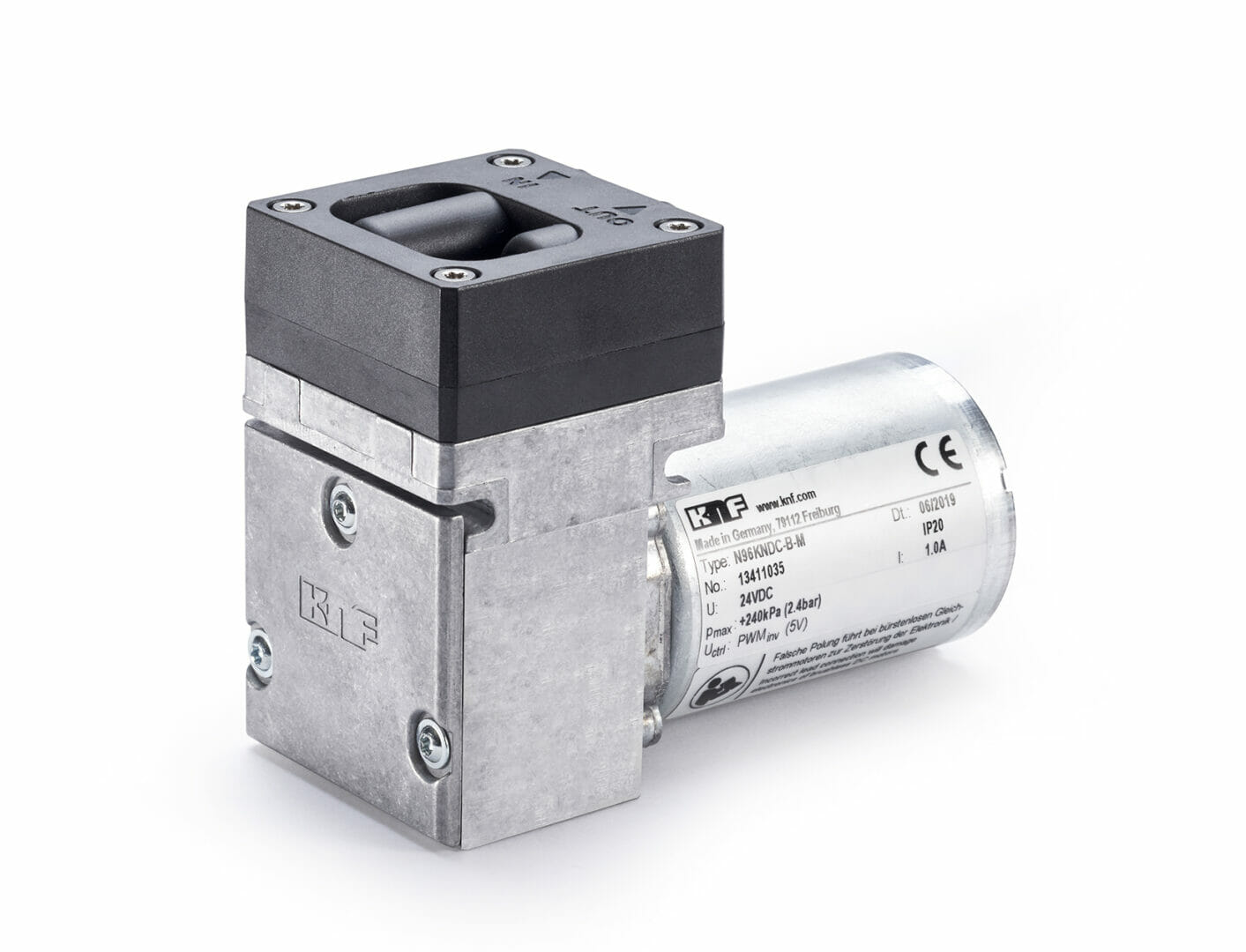The use of flow sensors which monitor both flow velocity and the temperature of mediums at critical locations in a major dairy processing plant have proved to be very significant in providing vital energy consumption data and ultimately achieving important cost savings. Dairy cooperative ARLA Foods selected BAUMER’s FlexFlow® sensors for the purpose of obtaining more detailed analysis of energy consumption during cheese production at its Falkenberg location in Sweden.
Arla Foods produces 20,000 tonnes of cottage cheese every year, equivalent to 76.9 tons per day satisfying most of the demand for the Swedish market, as well as exporting to Finland, Denmark and Greece. Like any progressive manufacturing process, especially in the food industry where hygiene standards are critical, developing, implementing and sustaining the most resource efficient processes, is essential.
Commenting on their energy-efficiency initiatives, Mattias Abrahamsson, Production System Manager at Arla’s Falkenberg plant said, “In recent years we have placed an increasingly strong focus on monitoring the energy consumption of our plants. However, in certain areas we simply didn’t know where exactly the energy was being used. FlexFlow®, the calorimetric flow sensor supplied by Baumer helped us achieve the breakthrough. We installed these sensors at the neuralgic points in our cooling and heating system and used the measurement results to obtain for the first time a clear picture of the energy consumption. This helped us to establish reliable and effective measures for reducing energy consumption”.
Clear Solutions based on long-term collaboration
Cooling and heating were the tricky points in energy consumption for Arla Foods and because of its commitment to sustainability they had already made significant efforts to reduce the energy balance when the plant was designed.
For example, it uses to the maximum extent the low external temperatures of the Swedish climate to achieve a cooling temperature of 0.5ºC for the cooling circuit which cools the produced cheese from 60ºC down to 30ºC. However, energy losses that Arla had been unable to locate for some time occurred here as well.
Mattias explained, “The features of the FlexFlow® sensor caught our attention as they seemed exactly what we’d been looking for.” Martin Leuplod, Product Manager for Process Sensors at Baumer said, “Baumer has been collaborating with Arla Foods for many years dating back to the 1990’s. This cooperation has seen the development of a new process connection for milk production called ‘Baumer Hygienic Connection’ which has effectively optimised the cleaning times at the Arla Falkenberg plant”.
The temperature sensors from Baumer’s CombiSeries product range were also developed as a result of the close collaboration between Arla and Baumer’s Development Centre in Aarhus, Denmark. Martin Leupold explained, “This close collaboration is allowing us to get to know our customers critical technical issues and we can use that knowledge to develop or suggest solutions that can optimise their process in a sustainable way”. To solve the problem of monitoring energy consumption the choice fell to Baumer’s FlexFlow® sensor because it could easily be integrated into the existing plant and is able to measure both flow and temperature.
Simple to Install and Impressive Features
The simple installation of the sensor is largely due to its symmetrical and centred design with one sensor element ahead of the sensor tip allowing it to be optimally installed in the process, regardless of the installation position and orientation. The flow sensor has a robust stainless steel housing that accommodates all the electronics, so there is no need for complex wiring or control cabinet installation. The FlexFlow® also meets the requirements for protection to IP68 (Baumer protect+) making the sensor, together with the materials used, the ideal solution for hygienic applications. Another exceptional feature is its maximum temperature range to 150ºC, which also qualifies it for sterilisation-in-process (SIP) tasks.
Arla has already installed around 15 of these flow sensors in the cooling circuit and heating system and the plan is now to also integrate these sensors into the CIP return line to monitor and optimise the energy consumption at these points as well. Mattias Abrahamsson concluded, “This has proven to be a cost-efficient solution and because the sensors installed so far are reliably returning the results we need means we will install more of them”.
FlexFlow® sensors are suitable for flow rates of 10 to 400 cm/s and temperatures of between -25 and +150°C so are ideal for cooling systems that operate at high temperatures. They are available either as analog versions (4-20 mA) or with user-adjustable outputs using IO-Link. For applications with frequently changing batches or different process steps, the IO interface is the best option as it allows for simultaneous parameterization of several sensors, simplifying switching point adjustment and saving time.








